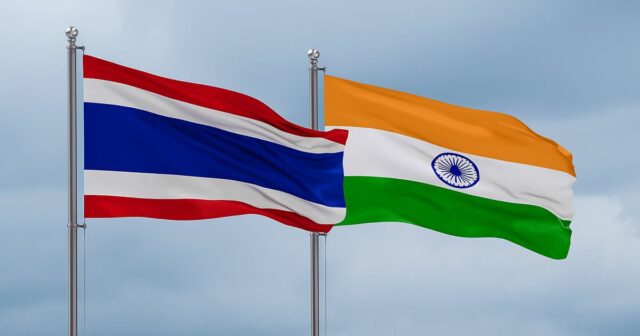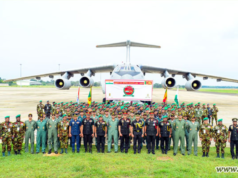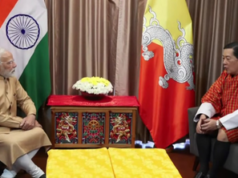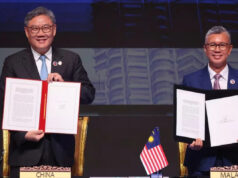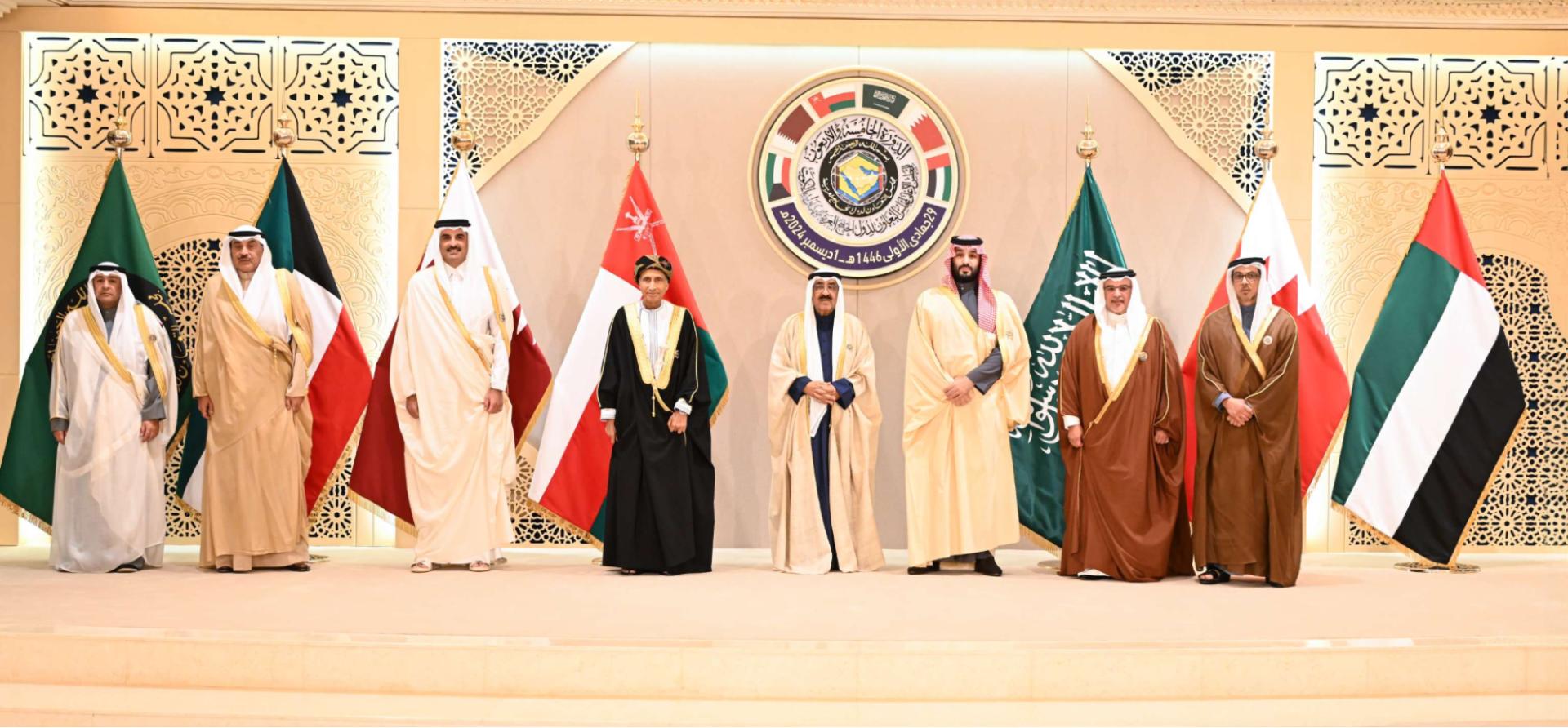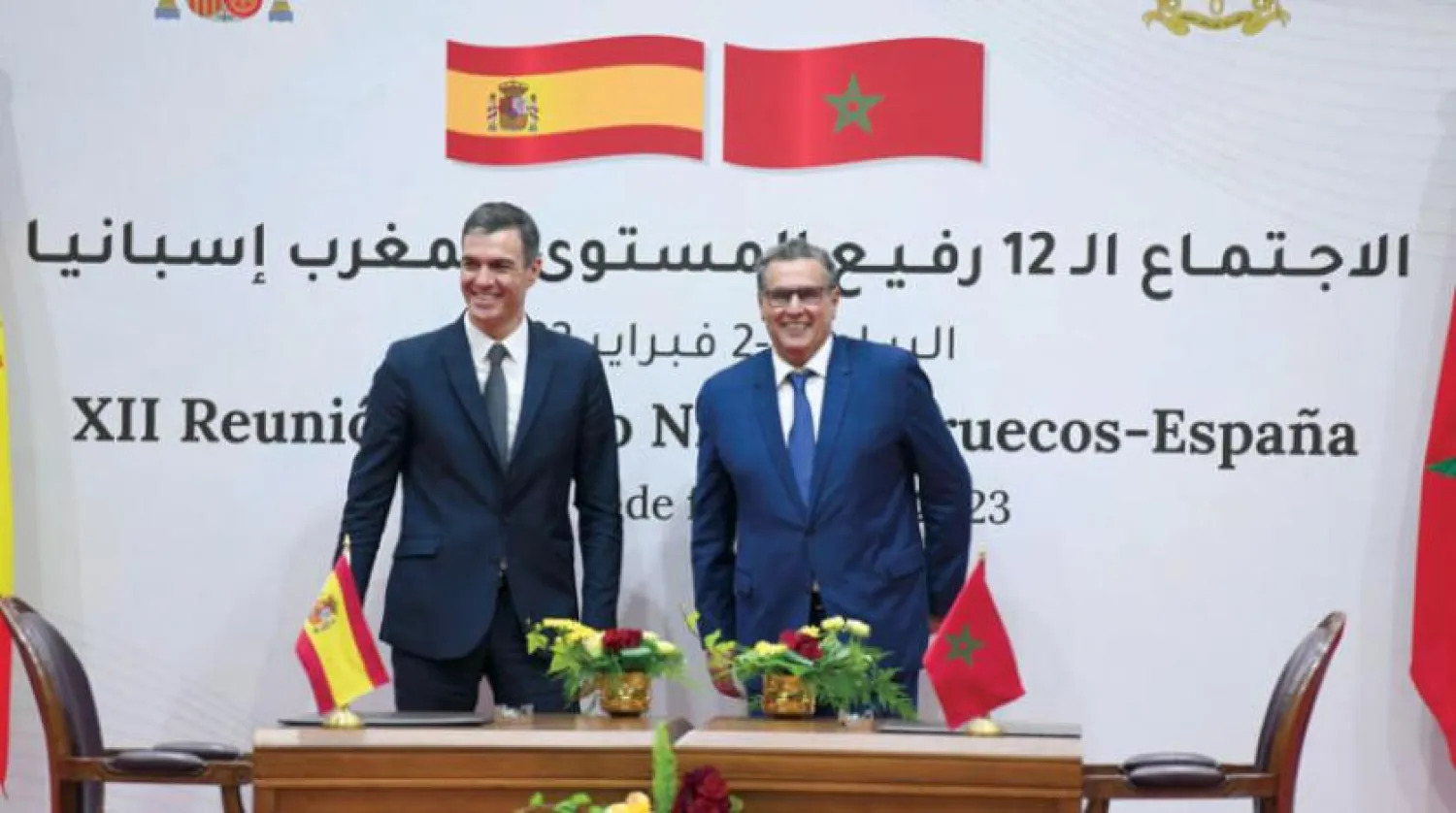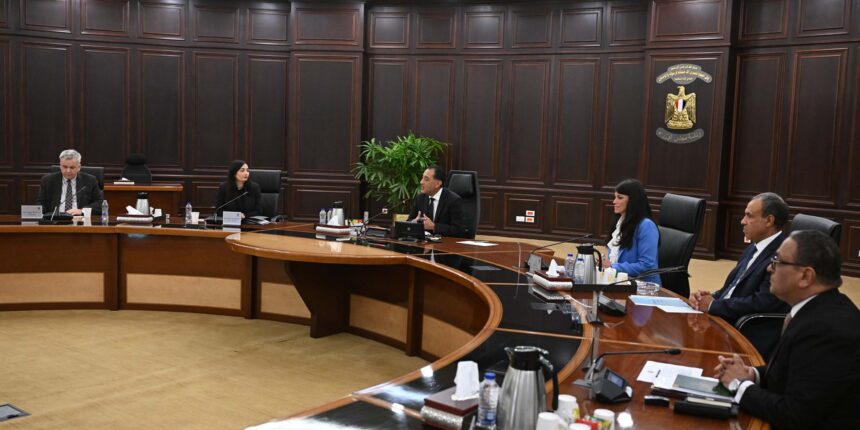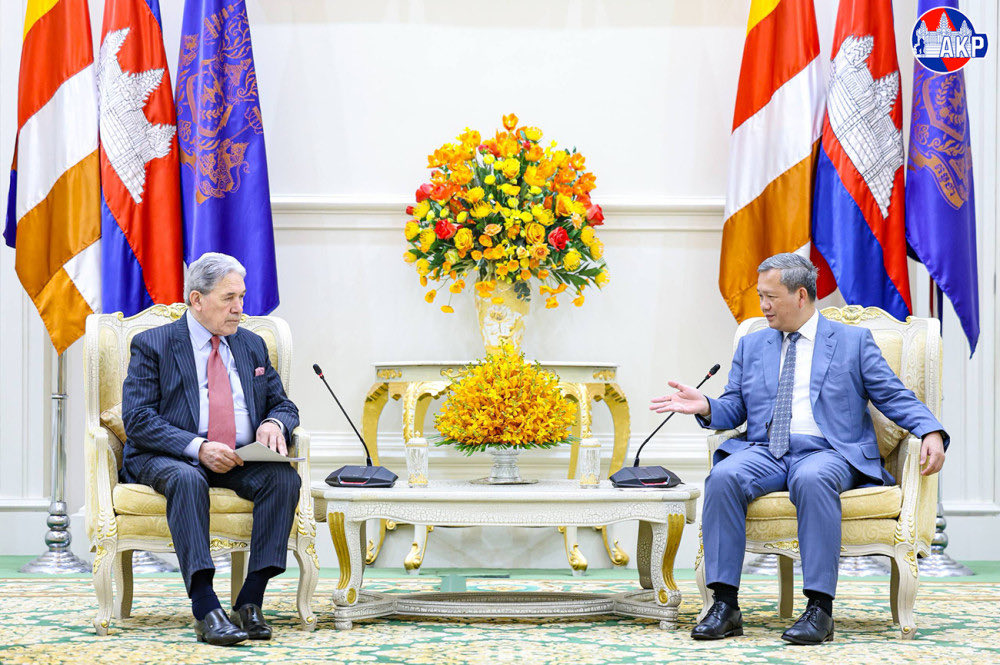India and Thailand have formally upgraded their relationship to a strategic partnership, signalling a new chapter in a bilateral relationship that stretches back millennia but has struggled to reach its full economic potential. The official announcement was made on 3 April during Prime Minister Narendra Modi’s visit to Bangkok for the BIMSTEC Summit, marking a culmination of years of gradual deepening of ties across trade, investment, connectivity, and culture.
Although formal diplomatic relations were established in 1947, links between the two nations go back over 2,000 years, rooted in seafaring, religion, and shared cultural traditions. Despite this, Cold War politics left relations subdued for decades. It was only in the 1990s, with India’s “Look East” policy and Thailand’s “Look West” approach, that momentum returned. These strategies were subsequently sharpened into India’s “Act East” (2014) and Thailand’s “Act West” (2016), designed to leverage geography and economic complementarities.
Economic Backdrop
India today is the world’s fourth-largest economy with an estimated GDP of US$4.19 trillion in 2025, while Thailand, with a population of 66 million, remains Southeast Asia’s second-largest economy. Yet bilateral economic engagement lags behind potential. Despite doubling in the past decade, trade between the two nations remains modest at around US$16 billion in 2023, with Thailand consistently enjoying a sizeable trade surplus.
India’s exports—pharmaceuticals, agricultural products, and IT-related services—have grown in recent years, particularly during the pandemic. Thai exports, dominated by electronics, auto parts, and machinery, have outpaced Indian shipments, sustained by Thailand’s integration into ASEAN and East Asian supply chains. The result has been a widening deficit for India, standing at US$7.15 billion in 2023–24. Persistent non-tariff barriers in Thailand, from quotas on Indian tea to lengthy approval processes for pharmaceuticals, have hampered India’s ability to expand its footprint. Meanwhile, the ASEAN-India Free Trade Agreement (AIFTA), in force since 2010, is under review after India’s trade deficit with the bloc soared to over US$44 billion in 2024–25. Nine rounds of negotiations have so far failed to deliver revisions.
Investment Landscape
On investment, the picture is mixed. Indian companies have established a notable presence in Thailand, from Tata Steel and Apollo Tyres to Dr. Reddy’s Laboratories and Tech Mahindra. Indian FDI approvals peaked in 2021 at US$124.7 million but fell sharply to US$29.4 million in 2023, reflecting shifting priorities and Thailand’s changing industrial strategy. Investments have increasingly moved towards services, digital technologies, and light industries, with chemicals and agriculture remaining strongholds. Thai investment in India, by contrast, has grown steadily, reaching a record US$533.8 million in 2021 before moderating. Sectors such as infrastructure, agro-processing, renewable energy, and hospitality have attracted Thai capital. Companies such as Charoen Pokphand Group, Delta Electronics, and Siam Cement Group have been prominent players. Recent inflows reflect India’s reforms, including its liberalised FDI regime and production-linked incentive (PLI) schemes, which have targeted manufacturing and technology sectors.
Tourism and Connectivity
Tourism has emerged as a vibrant bridge between the two countries. In 2024, 2.1 million Indian tourists visited Thailand, surpassing pre-pandemic levels and placing India as the fourth-largest source of arrivals. Thailand’s visa-free policy for Indian visitors and aggressive promotional campaigns have contributed to this surge. Air connectivity has expanded, with more than 400 weekly flights between the two countries.
By contrast, only about 110,000 Thai tourists travelled to India in 2023. Initiatives such as the Buddhist Circuit, linking sacred sites in India and Nepal, aim to attract more Thai visitors. However, India’s tourism infrastructure and global marketing remain areas requiring improvement. Both governments see tourism as critical to strengthening people-to-people links, with opportunities in wellness, religious, and adventure tourism. Connectivity projects are also central to the strategic agenda. The India–Myanmar–Thailand Trilateral Highway, though stalled by political instability in Myanmar, is seen as vital to linking South and Southeast Asia. Completion of the project, analysts argue, will not only boost trade but also foster inclusivity for communities along the route.
Challenges and Opportunities
Despite political will at the highest level, several challenges remain. India’s growing trade deficit, regulatory barriers, and global uncertainties weigh on momentum. Thailand, facing slower growth—forecast at just 1.8 percent for 2025 by the World Bank—risks domestic constraints hampering its external ambitions. Political instability in Bangkok has also slowed policy execution. Still, both governments are keen to capitalise on complementarities. Indian officials are pushing for Thai investment in manufacturing, particularly in machinery, auto components, and electric vehicles, to reduce import dependence. Thailand, meanwhile, continues to see India as a vast consumer market and a strategic partner in securing resilient supply chains.
The Road Ahead
The upgrade to a strategic partnership sets an ambitious tone. Officials have pledged to “realise the full potential” of economic cooperation, emphasising investment-led solutions to trade imbalances, faster connectivity projects, and enhanced cultural exchanges. Analysts note that for India, leveraging Thai strengths in manufacturing while offering its own expertise in pharmaceuticals, IT, and services could create a more balanced equation. For Thailand, India offers a hedge against over-dependence on China and an opening into South Asia’s vast market. Success, however, will depend on whether both governments can translate agreements into action—moving beyond political declarations towards practical outcomes. As one Bangkok-based economist observed: “India and Thailand have all the pieces to become natural partners. The question now is whether they can fit them together.”

